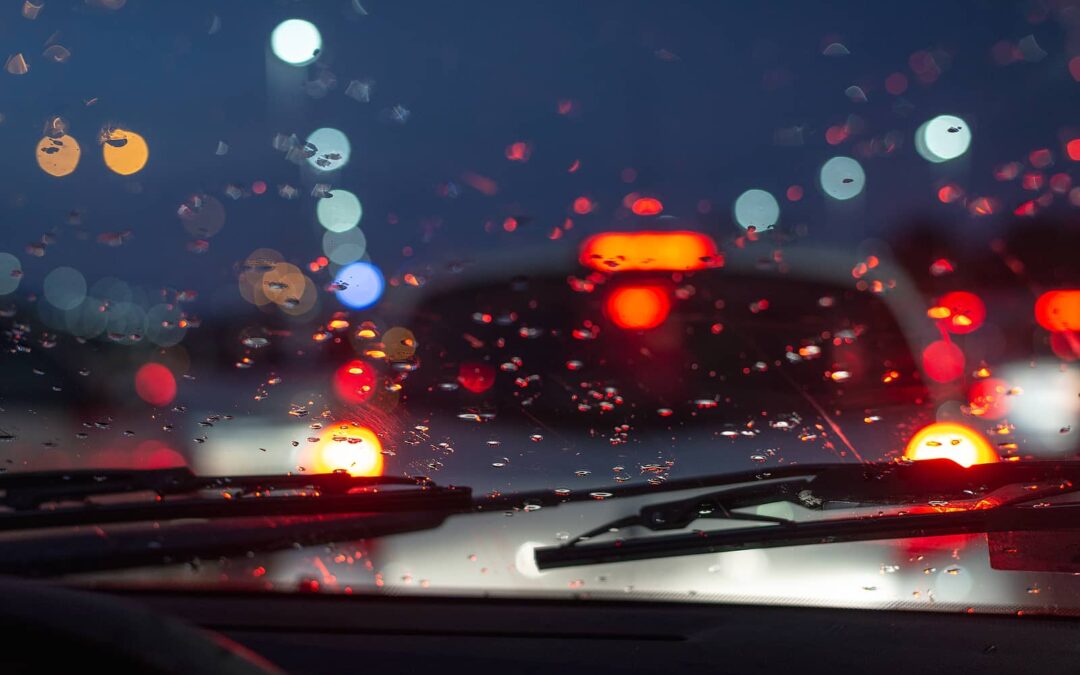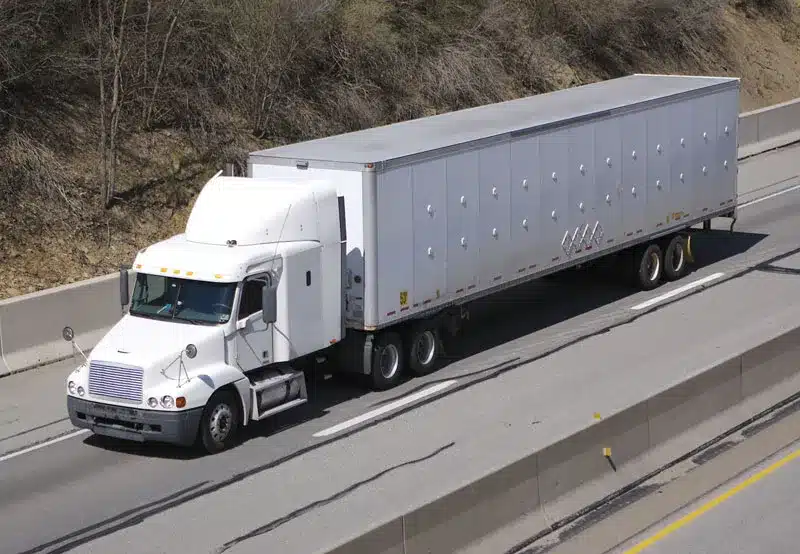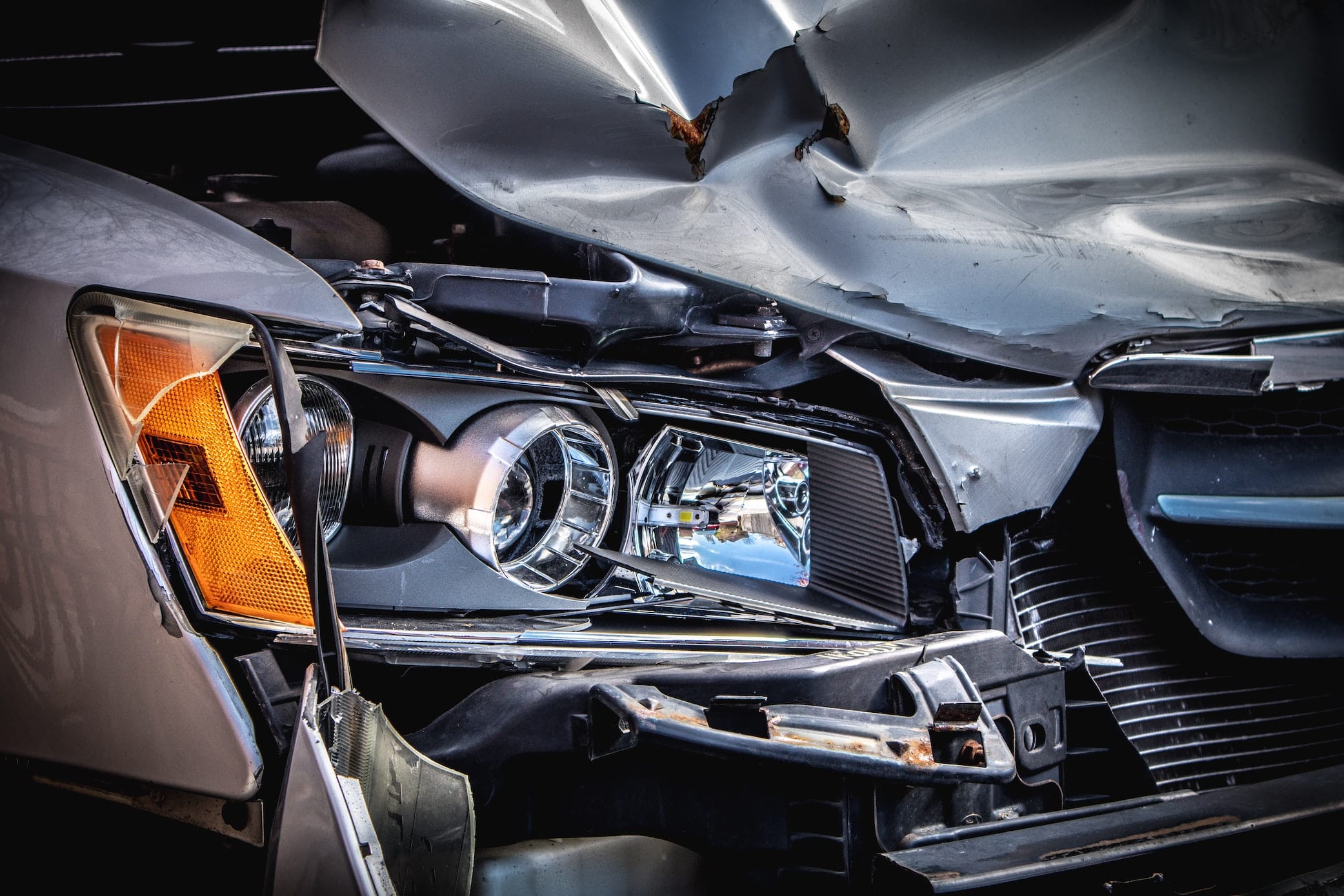When it comes to car accidents, many factors can contribute to their occurrence. Among these factors, weather conditions play a significant role in shaping the outcome of a collision and determining liability. From rain and snow to fog and ice, adverse weather can create hazardous driving conditions that increase the risk of accidents. In this blog post, we’ll delve into how weather conditions can impact car accident liability and what drivers must be aware of to navigate these situations.
Reduced Visibility
Reduced visibility is one of the most immediate impacts of adverse weather. Rain, fog, and snow can significantly impair a driver’s ability to see clearly, leading to delayed reaction times and potentially preventable collisions. In cases where a driver fails to adjust their speed or maintain a safe following distance due to poor visibility, their negligence might contribute to an accident.
Slippery Roads
Rain, snow, and ice create slippery road surfaces, making it harder for vehicles to maintain traction. This can result in skidding, sliding, and difficulty stopping, even with anti-lock braking systems. Establishing liability can be complex when an accident occurs due to these conditions. Drivers are expected to adjust their driving behavior according to road conditions. Failing to do so could make a driver liable if their negligence contributed to the accident.
Hydroplaning and Aquaplaning
Hydroplaning happens when water accumulates between a vehicle’s tires and the road, leading to loss of control. Aquaplaning is a similar situation where a car loses traction due to water on the road. In accidents resulting from hydroplaning or aquaplaning, liability may depend on investigating if the driver was speeding for the conditions or maintaining their tires properly.
Snow and Ice Accidents
Driving in snowy or icy conditions demands attention and skill. Accidents from sliding on ice or getting stuck in snow drifts may involve liability considerations. These can be related to a driver’s choice to venture out in hazardous conditions or their failure to equip their vehicle properly with tires or chains.
Fog-Related Collisions
Fog can drastically reduce visibility and create treacherous driving conditions. In rear-end collisions caused by poor visibility due to fog, the following driver might be liable for not maintaining a safe distance or failing to drive at a reasonable speed, given the weather conditions.
Adapting to Weather Conditions
To reduce risks in adverse weather, drivers should adjust their behavior. This involves lowering speed, keeping a safe distance, using headlights, and maintaining proper brake and tire conditions.
Adverse weather conditions are an important factor to consider in car accident cases when determining liability. While inclement weather can contribute to accidents, drivers are still responsible for adapting their driving behavior to account for these conditions. Negligence, such as driving too fast for the conditions or not adjusting speed to reduced visibility, can play a significant role in assigning liability. If you’re involved in a car accident due to adverse weather, consulting with an experienced car accident lawyer at 770GoodLaw can help you understand your rights and responsibilities in seeking compensation or defending against claims. Remember, safe driving practices should always prevail, regardless of the weather conditions.







